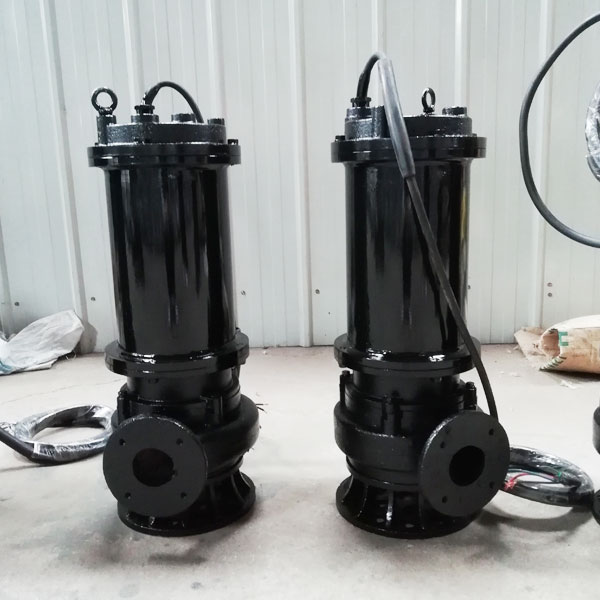Service
08:00~24:00(Beijing)
Water Pump Direct Sale
Professional Submersible Pump Manufacturer
SLAPK sets the industry standard for sewage pumping systems including pumps, motors and controls (complete sewage lift stations). Our solids handling self-priming and submersible sewage pumps offer maximum dependability and ease of service. Our commitment to “total system responsibility” means you only have to make one call should you encounter a problem with your system – from pumps and controls to the lights and fans in our enclosure. We simply offer the best sewage pumps and pumping systems in the industry.

Suction lift in a pump refers to the pressure (negative pressure) on the suction side of the pump.
The pressure can be measured from the centre line of the hydraulic part of the pump down to the water surface on the suction side of the pump.
In theory, it should be possible to suck water from a depth of 10.33 m, however, this would require an absolute vacuum. In practice, the maximum is therefore much lower.
To avoid cavitation (the phenomenon of formation of vapour bubbles of a flowing liquid in a region, where the pressure of the liquid falls below its vapour pressure) it is important to compare the required NPSH (Net Positive Suction Head) to the available NPSH.
During the priming process the displaced air has to go somewhere. Even a great centrifugal pump is a really poor compressor due to the difference in density between air and water (? 800). If there is a check valve on the pump discharge, a parallel pump in operation and or a residual vertical liquid column, the pump will not prime. The air has to be vented somewhere, usually back to the suction source.
The biggest challenge for most people is to figure out how to keep the sewage from building up in their basement or crawl space. It’s important to install a pump that is appropriate to your home’s needs. In most cases, if you have a sewage pumping problem in your basement or crawl space, you need to install a sewage ejector pump. You can also use a grinder pump to pump sewage, but if your sewage is too heavy, it might clog up.
If you are pumping to a pressurized sewer main, you will need a grinder pump. If you are pumping to a septic tank or a gravity-flow sewer main, you will need an ejector pump